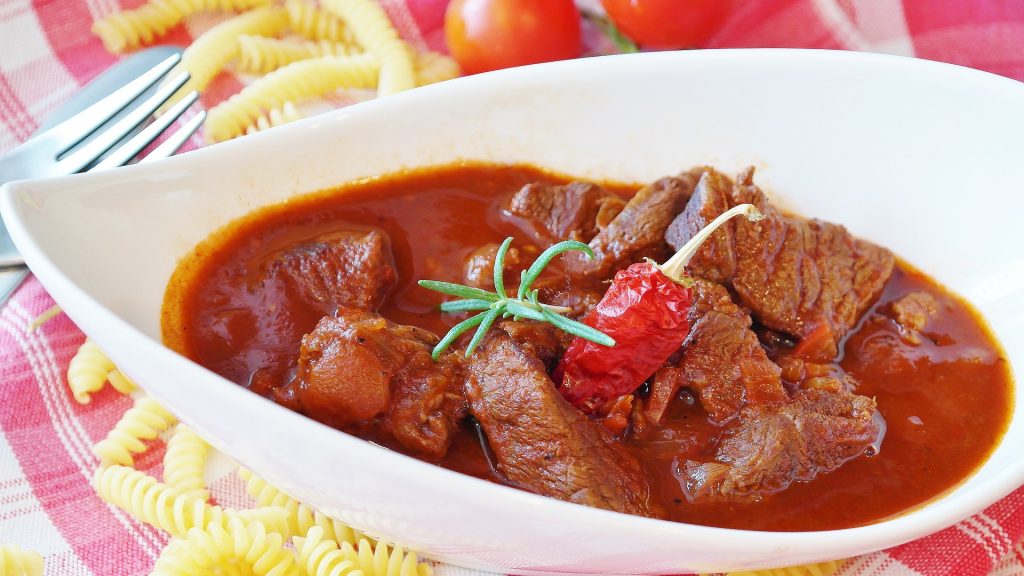 As I have previously discussed, ‘high fat diets’ is a meaningless term unless some degree of detail is provided to add some qualification to the statement. Dietary fats, actually dietary lipids, are a heterogeneous group of compounds which when consumed produce different physiological and metabolic responses. As with dietary lipids, dietary protein can have very different physiological effects depending on the source. These differing effects relate not only to the amino acid profile of the protein, but also to the form of the protein. Protein powders, such as whey and casein protein or example, can have quite different characteristics to the whole food forms of the protein in milk. Differences between proteins may also occur because of accessory nutrients within the proteinaceous food providing metabolic and physiological effects. Therefore ‘high protein diets’ as a statement should also way be qualified with details about the nature of the protein in order to allow an accurate assessment of the information to occur.
As I have previously discussed, ‘high fat diets’ is a meaningless term unless some degree of detail is provided to add some qualification to the statement. Dietary fats, actually dietary lipids, are a heterogeneous group of compounds which when consumed produce different physiological and metabolic responses. As with dietary lipids, dietary protein can have very different physiological effects depending on the source. These differing effects relate not only to the amino acid profile of the protein, but also to the form of the protein. Protein powders, such as whey and casein protein or example, can have quite different characteristics to the whole food forms of the protein in milk. Differences between proteins may also occur because of accessory nutrients within the proteinaceous food providing metabolic and physiological effects. Therefore ‘high protein diets’ as a statement should also way be qualified with details about the nature of the protein in order to allow an accurate assessment of the information to occur.
A number of studies have compared the physiological effects of different proteins and comparisons of casein with whey protein have been performed. Other studies looking at meat or fish are also relatively common, and these are useful because they allow some degree of prediction to be about the possible long term effects of choosing particular protein sources. For example, in one study researchers compared the effects of beef or fish protein on a number of metabolic responses by feeding baked herring, pickled herring or baked beef to a number of overweight subjects. The results of the study showed that the plasma concentration of 2-aminoadipic acid were 1.6 times higher following the baked beef meal compared to the baked herring meal. The compound 2-aminoadipic acid is a breakdown product of amino acid metabolism and may be a marker for the development of type 2 diabetes and so the elevated levels seen following beef may infer a possible increased risk of metabolic disease from beef.

Not all protein is created equal. Different protein sources can have very different physiological effects. Fish, plant foods, red meat and dairy are perhaps the main groupings of proteins, and differences in metabolic effects stem from the differing amino acid content, the accessory nutrients within the protein and the method of cooking and preparation.
Plasma β-alanine and 4-hydroxyproline were 16 and 3.4 times higher following the baked beef meal compared to the baked herring meal. β-alanine is an amino acid that is a rate limiting step in the synthesis of carnosine in muscle, and may provide benefits that include decreases in fatigue during muscular excursion. 4-hydroxyproline is an important component of collagen. As would be expected, levels of docosahexaenoic acid (DHA, C22:6 (n-3)) were significantly elevated by 17.6 fold following the herring compared to beef meals, reflecting the higher concentration of DHA in herring compared to beef. The pickled herring lead to elevated levels of hippuric acid and benzoic acid compared to the baked herring suggesting that even amongst proteins of the same kind, cooking and preparation of the proteins can have a significant effect on metabolic response. The protein content of the diet should always therefore be qualified with details about that protein otherwise misleading conclusions could be drawn.
Eat Well, Stay Healthy and Protect Yourself
RdB
